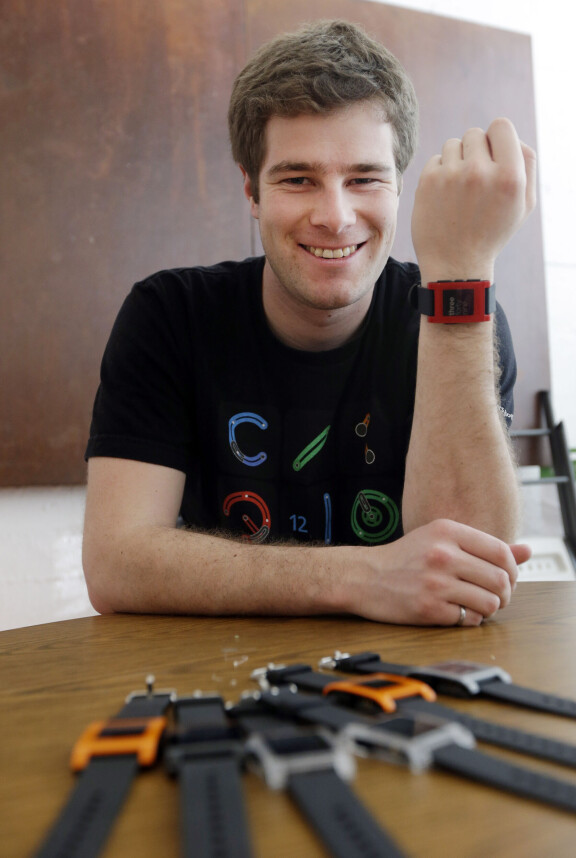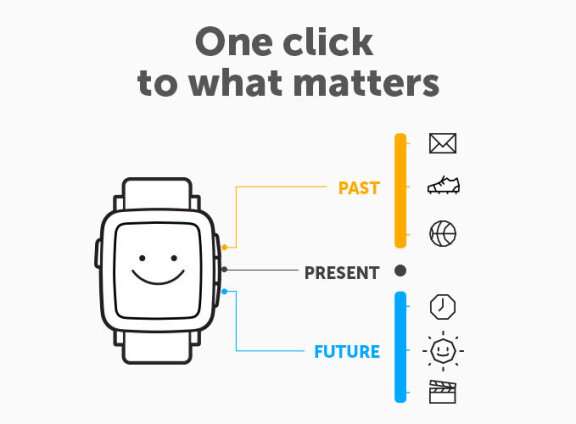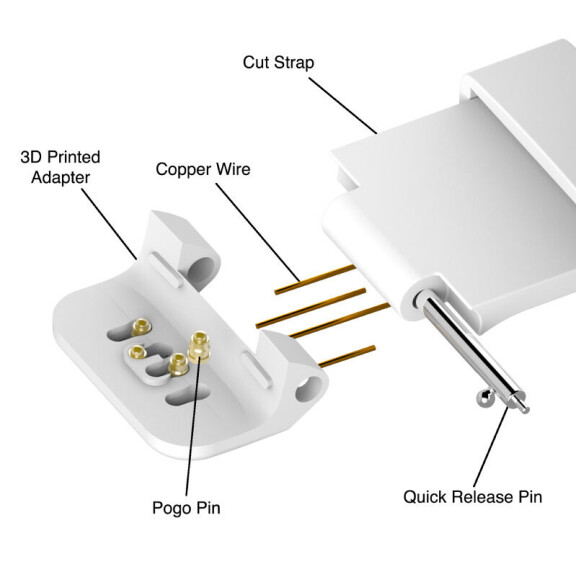-
PLUS
Krönika: Bästa prylen jag någonsin köpt
-
PLUS
Nyheterna som gör mobilens batteri bättre
-
PLUS
Krönika: 7 års uppdateringar men laddkontakten är slut
-
PLUS
Duell: Vikbara Honor Magic V5 mot Samsung Galaxy Z Fold 7
-
PLUS
Krönika Apple Intelligence: Skrattretande
-
PLUS
Oppo om Hasselblad, europeisk expansion och hur de ska lyckas
-
PLUS
Krönika: Till botten med Oppo och Oneplus
-
PLUS
Oneplus Sverigechef berättar om Oneplus 15 och AI på svenska
-
PLUS
Krönika: Tunnkollaps – Motorola har 13 dagar på sig att lägga ner Edge 70
-
PLUS
Duell bästa vikbara: Samsung Galaxy Z Fold 7 mot Google Pixel 10 Pro Fold
Intervju med Pebbles grundare (2/2)
Nu siktar Pebble mot hårdvaruutvecklare

Med Pebble Time och Smartstraps ger sig Pebble in på outforskad mark.
OBS! Artikeln är på engelska.
NB: English from here onwards.
PEBBLE: FROM APPS TO SENSORS
As Pebble Time is crushing new Kickstarter records (more on this here), Eric Migicovsky, founder and CEO of Pebble, is looking at the company's next area of growth. After building a 26,000 people strong software developer community, Pebble Technology is indeed looking at getting hardware developers onboard.

In Pebble Technology’s latest product, Pebble Time, time plays a central role, contextual time that is.
– Pebble Time is entirely designed around the concept of time. Our new watch uses a completely new platform but has still a lot of what people like about the Pebble. For example that it has a long battery life, that is works with Android and Ios. But now it has also more features, like a microphone and a color screen, explains Migicovsky.

Pebble has got loyal users and changing the way Pebble works is a huge gamble. This especially if we consider that a new competitor, Apple, is about to enter the market with a watch that is expected to sell by the millions. In the meantime, Android OEMs are starting to get their act together with smartwatches that are both aesthetically appealing and user-friendly. It is a gamble that Eric Migicovsky is willing to take.
– Building around the concept of time is big bet but we have used Pebble user’s feedback, listened to what they thought was right or wrong and then applied the lessons to Pebble Time. If you think about watches in the past, we used them to look up time. But time may mean different things and that is why we have built more context around time.
Looking at the Pebble Time Kickstarter campaign figures, it seems backers have bought into the Time concept.
According to Migicovsky, backers are a mix of existing and new users. This means Pebble has got both a fan base and new potential buyers out there.
Developers, hardware and sensors
Pebble is smaller than its many competitors, but beside its neat marketing timing (more on this here) and a loyal fan base, the company has also managed to build a momentum among developers.
– Today there are 26,000 developers who work with Pebble and we look at it as an opportunity to be different. Pebble is different.
Until a week or so ago, developers could only develop apps for Pebble. With the release of the mechanical and electrical designs of Pebble straps, Pebble is now trying to extend its community to hardware developers. The aim is to let them work on straps that will expand the functionality of Pebble Time.
– What makes Pebble attractive to developers is that it is open and has not got so many limitations.

Together with the release of the smartstrap design, the company announced a $1 million fund aimed at supporting the development of smartstraps and smartstrap add-ons. Pebble plans among other things to back crowdfunded smartstrap projects it believes in. The idea with smartstraps is that they should add functionality to Pebble Time with, for instance, sensors, extra battery, GPS or NFC.
– We are very interested in the sensors people are wearing on their body, like in smart clothing. Pebble is very interested in connecting to these sensors.
In the bigger picture, Pebble could play a bigger role in the fast-growing Internet of things, IOT, ecosystem. How far it is willing to go down that road is yet to be seen. Pebble has already access to at least three crucial components though: valuable go-to-market experience, a wearabe device and a strong developer community. But competition is harsh, and it will only get tougher going forward.






















